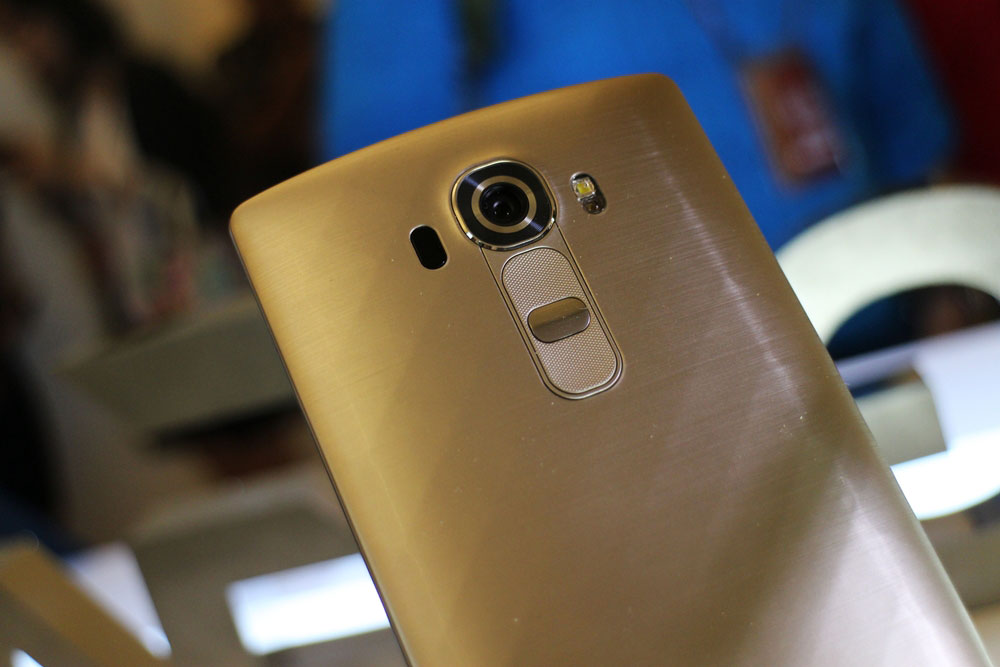Earlier today, Altec Lansing announced its comeback to the Philippine market with a fresh batch of compact, rugged Bluetooth speakers, which the company describes as “everything-proof.”
This includes the Life Jacket, Mini Life Jacket, Jacket H20, and Mini H20, which combine long battery life (up to 16 hours of playback for the Life Jacket) with rich sound quality that would make bass-heavy tracks come to life. There’s also speakerphone functionality for taking calls, as well as an auxiliary input for those who don’t have a Bluetooth device.
Altec Lansing announced its comeback to the local market with a slew of ‘everything-proof’ speakers you can pair with your phone.
Perhaps more importantly, they come in durable designs that earn them a waterproof, sandproof, and shockproof rating, something that has become a necessity, not a luxury, for modern wireless speakers.
Regardless of whether or not the products can actually handle water and sand just fine — based on what I saw on the demo floor, I’m positive they can without any ill consequences — you have to admit: These speakers are shaping up to be the perfect companions to a beautiful day at the beach, eardrums be damned.
The Altec Lansing Life Jacket, Mini Life Jacket, Jacket H20, and Mini H20 will retail for P7,250, P4,850, P3,995, and P1,995, respectively, when they arrive in select retailers nationwide.
[youtube link=”https://www.youtube.com/watch?v=RA1Yp1u-0sg” width=”560″ height=”315″]
Altec Lansing Life Jacket specs (Price in the Philippines: P7,250):
* IP67 rating (waterproof, sandproof, shockproof)
* Bluetooth
* NFC
* 16-hour battery life
* Hands-free speakerphone function
* Universal mount
Altec Lansing Mini Life Jacket specs (Price in the Philippines: P4,850):
* IP67 rating (waterproof, sandproof, shockproof)
* Bluetooth
* 10-hour battery life
* Hands-free speakerphone function
* Universal mount
Altec Lansing Jacket H20 (Price in the Philippines: P3,995):
* IP67 rating (waterproof, sandproof, shockproof)
* Bluetooth
* 8-hour battery life
* Hands-free speakerphone function
Altec Lansing Mini H20 (Price in the Philippines: P1,995):
* IP67 rating (waterproof, sandproof, shockproof)
* Bluetooth
* 6-hour battery life
* Hands-free speakerphone function






































































